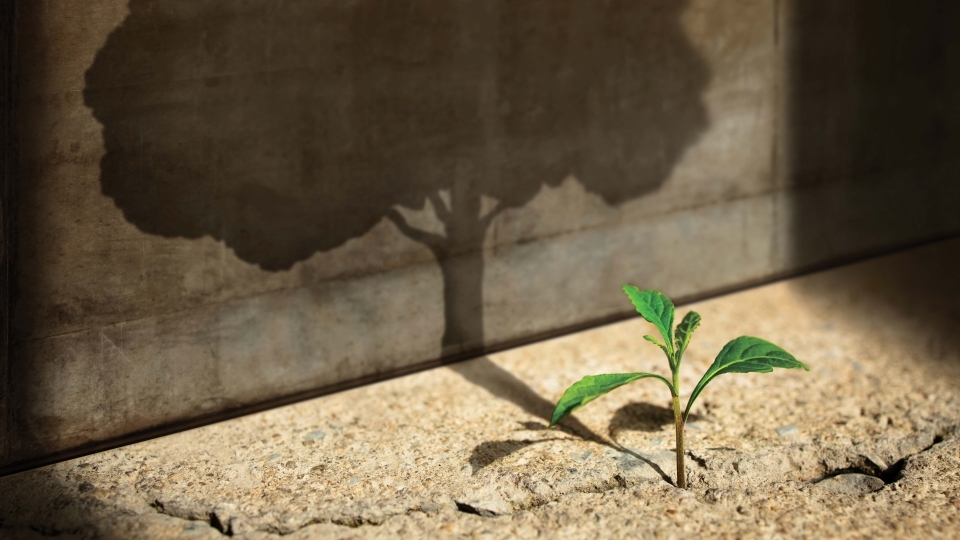President's Letter Recognizing the ‘Everyday Heroes’ in K–12 Education
November 22, 2023

The Davidson community is unified in our beliefs about many—but certainly not all—things. One central shared commitment is to the importance and value of education.
This edition of the Davidson Journal focuses on alums and colleagues who have defined leadership in K–12 education. They have pushed to expand and heighten opportunities despite consistently plowing into obstacles. The students who fill their classrooms and schools arrive with a broad set of experiences and life situations. We know that zip code and income do not determine talent, and that education can be a great equalizer. We salute these educators and celebrate their remarkable efforts to transform lives.
Adam Smith, moral philosopher and founder of classical economics, believed firmly in the power of public education. He thought education for all—including laborers—would be a valuable source of knowledge and engagement in an industrializing economy. Smith was correct, and we can say it more strongly: Education is both part of and pathway to a flourishing life.
At Davidson, we are part of the “flow” of education, from primary school to secondary school to post-secondary schools like ours. As a college, we care deeply about the quality of K–12 education. We call our graduates the products of a Davidson education, while in reality, what we do here is receive students from 450 different high schools each year and join their educational journey already in progress. We want their four years on this campus to be the most significant ones of their lives, and yet we know that we are building upon the foundations formed over a dozen or more years of students’ prior schooling.
A lot has been written recently about how top-ranked colleges and universities admit and matriculate a disproportionate number of students from higher-income backgrounds. This is true, but it wrongly presumes the cause is intentional admission strategies when schools instead are working on strategies toward a remedy. Davidson, for one, charted a different course as the first liberal arts college in the nation to completely separate the ability to pay from the admission decision— and then meet 100 percent of demonstrated financial need without requiring loans in student aid packages.
Those policies, however, help only the talented students who can reach our door. A quality K-12 education is the vehicle by which those students can grasp the dream of attending college, let alone a top-ranked liberal arts college. Educational inequality is highly correlated with income, as well as with neighborhood, race and ethnicity. While this reality may be hard to talk about, we must acknowledge how it affects students’ prospects to get into college and to live a flourishing life ... and what we can do about it.
A quality K-12 education puts students on the path for success in higher education—and life. We have seen the statistics about higher lifetime earnings from a post-secondary degree. Those graduates get jobs that enable them to buy homes, start families and pay taxes. That builds stronger neighborhoods, communities and economies.
We express gratitude for the everyday heroes who have dedicated their careers to this noble calling, like the high school English teacher in Indianapolis in the 1980s who suggested that I look at a place called Davidson College.



